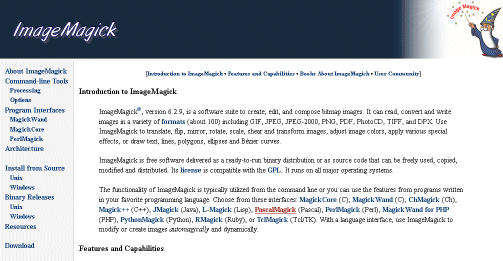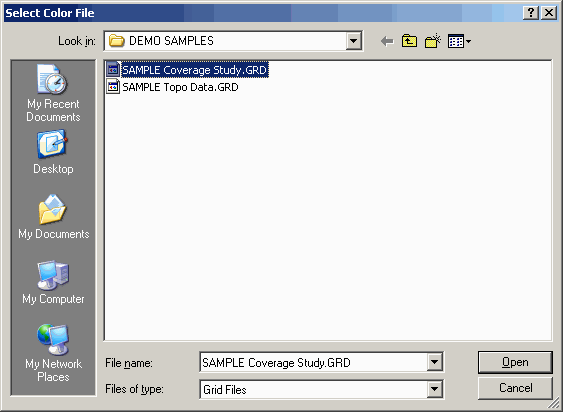

- How to grep exif data from imagemagic display how to#
- How to grep exif data from imagemagic display mac os#
- How to grep exif data from imagemagic display install#
Sudo aptitude install cheese camorama uvcvideo v4l2

Identify -verbose enter/your/image/location-here.Sommaire : matériel, ffmpeg, imagemagick, image ppm Get the orientation of an image on your computer with this command in the console (via ImageMagick):

On Linux, get EXIF info with Gimp or Image Magick (which is usually pre-installed). Open an image and press CMD+I to view the images properties.
How to grep exif data from imagemagic display mac os#
Mac OS lets you quickly check the EXIF orientation in Preview. A standalone Windows executable is provided if you prefer not to use Perl: Professional and free versions are available:Įxiftool is a Perl library/command-line application allowing you to read and edit meta information in images. Zoner Photo Editor is a photo organizer and editor with an image information feature for viewing EXIF orientation. Windows EXIF programsĮxifPro allows you to view EXIF orientation information and rotate images through 90° intervals: They'll also let you edit other types of image meta data - IPTC and XMP data - which can help protect your images with copyright information. View and edit EXIF orientationīelow are some programs that you can use for viewing and editing EXIF meta data. Right-click the image and choose "Edit image" to open the image editor. To correct the orientation of images already uploaded to Sirv, use Sirv's image editor to rotate them. Save the images in high quality (we recommend 92% JPEG quality).Rotate the images to the correct orientation.Open the image(s) in your preferred image editing program (e.g.To correct the image orientation before uploading to Sirv: However, some programs have been known not to do this, including Windows Photo Viewer, Microsoft Paint and Microsoft Office Picture Manager. Programs including Photoshop, ACDSee, Picasa, GIMP and OSX Preview. They also update the meta if you rotate or flip an image manually. Popular photo editing programs can automatically fix the EXIF orientation when an image loads.
How to grep exif data from imagemagic display how to#
If your photos were not correctly oriented before upload, find out how to fix this. Look for the EXIF Orientation setting in the meta. You'll see a JSON formatted text file, showing all the data. All the meta data within your image - EXIF, XMP and IPTC meta - can be seen by appending ?info to the image URL. It's easy to check the EXIF of images in your Sirv account. In scenarios 2, 3, 4, 5, 6, 7, 8, the image orientation should be automatically fixed by your image editing software. Here's how the 8 possible EXIF values look for the letter F (credit to Dave Perrett for this image): = 270 degrees, mirrored: image is on its far side.= 270 degrees: image has been flipped back-to-front and is on its far side.= 90 degrees, mirrored: image is on its side.= 90 degrees: image has been flipped back-to-front and is on its side.= 180 degrees, mirrored: image has been flipped back-to-front and is upside down.= 0 degrees, mirrored: image has been flipped back-to-front.= 0 degrees: the correct orientation, no adjustment is required.The 8 EXIF orientation values are numbered 1 to 8. The EXIF orientation value is used by Photoshop and other photo editing software to automatically rotate photos, saving you a manual task. There are 8 possible values (not just landscape and portrait!). When images are photographed, digital cameras use orientation sensors to store an EXIF orientation value for how the camera is held. Auto-rotationĮXIF data is useful information about a JPEG image, hidden inside the file.

While taking photos is easy, rotating photos manually can be slow.ĮXIF orientation solves this.


 0 kommentar(er)
0 kommentar(er)
